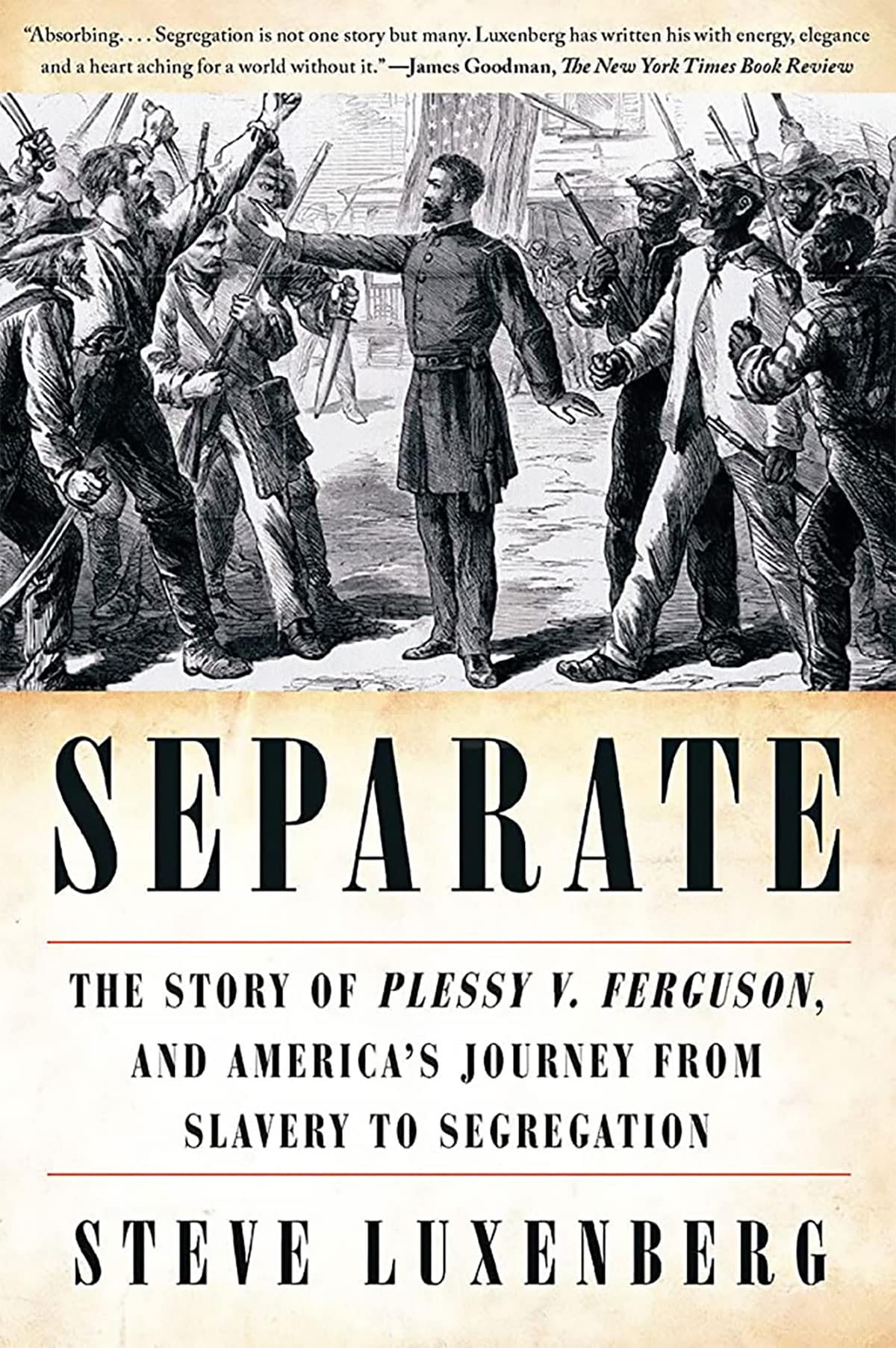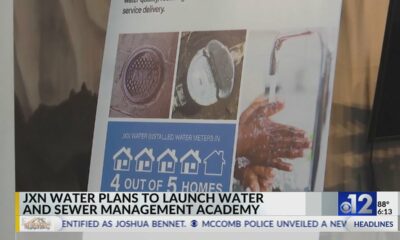Mississippi Today
Gulf ‘dead zone’ predicted to be twice the size of national goal. Again.

Scientists have released their 2023 forecast for the so-called “dead zone” in the Gulf of Mexico — predicting it will be around 4,100 square miles this summer. That's much bigger than last year, but still smaller than average.
The dead zone is a hypoxic area where low oxygen can kill fish and other marine life. It's caused by excessive nutrient runoff, largely from fertilizer used on farm fields in the Midwest, which ends up in the Mississippi River and flows south to the Gulf.
The National Oceanic and Atmospheric Administration uses models and data from the U.S. Geological Survey to forecast the size of the dead zone each year. Data from river and stream gauges showed that nitrate and phosphorus discharges were below average in the Mississippi River and Atchafalaya River, which splits off in south Louisiana.
While some see this season's forecast as good news, it is still well above the federal Hypoxia Task Force's goal of shrinking the dead zone to 1,900 square miles or smaller by 2035. The area's five-year average size is 4,280 square miles, more than double that target, and has trended mostly larger over time.
Don Scavia is an emeritus professor at the University of Michigan and leads one of several research teams partnering with the federal government on the annual forecast.
“Lack of a downward trend in the dead zone illustrates that current efforts to reduce those loads have not been effective,” he said. “Clearly, the federal and state agencies and Congress continue to prioritize industrial agriculture over water quality.”
A NOAA press release said the results were due to lower river flow rates. Despite lots of rain and flooding in the upper Midwest early this spring, discharge in May in the Mississippi and Atchafalaya rivers was about 33% below the long-term average.
Lauren Salvato, policy and program director at the Upper Mississippi River Basin Association, said she's hopeful about the projections. “It's certainly positive,” she said. “Our states are working hard and they want to meet their nutrient reduction goals.”
Most states within the Mississippi River basin have developed their own plans, in concert with the Hypoxia Task Force, to reduce nutrient runoff.
Salvato said new funding from the Bipartisan Infrastructure Law will help advance those goals. The task force has received $60 million for its action plan, $12 million per year for five years. Some states are using their portion of the funds to institute more sustainable farming practices, like cover crops, others are beefing up staffing, Salvato said.
“It's monumental,” she said. “We've never had this program authorized, we've never had this kind of money put towards nutrient reduction strategies.”
However, she said the results of those new efforts won't be measurable for years, maybe even decades.
NOAA's press release about this year's forecast touted it as being “below-average.” But Matt Rota, senior policy director at the environmental advocacy group Healthy Gulf, remained disappointed in the results and called NOAA's description “misleading.”
“It's twice the size of the goal,” he said. “It's too big. It's not smaller than anything.”
He said reducing the size of the dead zone will require either enforceable regulatory actions – rather than the opt-in programs on which most states have relied to reduce farm runoff – or billions of dollars of federal investment. The Bipartisan Infrastructure Law funding is a great start, Rota said, but it's nowhere close to enough to solve the ongoing problem.
And he said dead zone forecasts aren't just a numbers game. The livelihoods of thousands of people on the Gulf Coast are tied to fisheries, which are imperiled by the dead zone.
“It isn't just about these numbers and these models – but how do we create a livable ecosystem?” he said.
NOAA and its research partners conduct a monitoring survey of the dead zone each summer, with results released in early August.This story, published in partnership with the Mississippi Center for Investigative Reporting, part of Mississippi Today, is a product of the Mississippi River Basin Ag & Water Desk, an independent reporting network based at the University of Missouri in partnership with Report for America, funded by the Walton Family Foundation. Sign up to republish stories like this one for free.
This article first appeared on Mississippi Today and is republished here under a Creative Commons license.
Did you miss our previous article…
https://www.biloxinewsevents.com/?p=247508
Mississippi Today
On this day in 1896


MAY 18, 1896

The U.S. Supreme Court ruled 7-1 in Plessy v. Ferguson that racial segregation on railroads or similar public places was constitutional, forging the “separate but equal” doctrine that remained in place until 1954.
In his dissent that would foreshadow the ruling six decades later in Brown v. Board of Education, Justice John Marshall Harlan wrote that “separate but equal” rail cars were aimed at discriminating against Black Americans.
“In the view of the Constitution, in the eye of the law, there is in this country no superior, dominant, ruling class of citizens,” he wrote. “Our Constitution in color-blind and neither knows nor tolerates classes among citizens. In respect of civil rights, all citizens are equal before the law. The humblest is the peer of the most powerful. The law … takes no account of his surroundings or of his color when his civil rights as guaranteed by the supreme law of the land are involved.”
This article first appeared on Mississippi Today and is republished here under a Creative Commons license.
Did you miss our previous article…
https://www.biloxinewsevents.com/?p=359301
Mississippi Today
Renada Stovall, chemist and entrepreneur
Renada Stovall sat on the back deck of her rural Arkansas home one evening, contemplating life when she had a life-altering epiphany…
“I gotta get out of these woods.”
She heard it as clear as lips to her ear and as deep as the trees surrounding her property. Stovall's job as a chemist had taken her all over the country. In addition to Arkansas, there were stints in Atlanta, Dallas and Reno. But she was missing home, her parents and friends. She also knew, she needed something else to do.
“I thought, what kind of business can I start for myself,” said Stovall, as she watered herbs growing in a garden behind her south Jackson home. Some of those herbs are used in her all-natural products. “I know when I lived in Reno, Nevada, where it's very hot and very dry, there really weren't products available that worked for me, my hair, and my skin suffered. I've got a chemistry degree from Spelman College. I took the plunge and decided to create products for myself.”

In 2018, Stovall's venture led to the creation of shea butter moisturizers and natural soaps. But she didn't stop there, and in December 2022, she moved home to Mississippi and got to work, expanding her product line to include body balms and butters, and shampoos infused with avocado and palm, mango butter, coconut and olive oils.
Nadabutter, which incorporates Renada's name, came to fruition.

Stovall sells her balms and moisturizers at what she calls, “pop-up markets,” across the state during the summer. She's available via social media and also creates products depending on what of her ingredients a customer chooses. “My turmeric and honey is really popular,” Stovall added.
“The all-natural ingredients I use are great for conditioning the skin and hair. All of my products make you feel soft and luscious. The shea butter I use comes from West Africa. It's my way of networking and supporting other women. And it's my wish that other women can be inspired to be self-sufficient in starting their own businesses.”





This article first appeared on Mississippi Today and is republished here under a Creative Commons license.
Mississippi Today
On this day in 1954
MAY 17, 1954

In Brown v. Board of Education and Bolling v. Sharpe, the U.S. Supreme Court unanimously ruled that the “separate but equal” doctrine in Plessy v. Ferguson was unconstitutional under the 14th Amendment, which guaranteed equal treatment under the law.
The historic decision brought an end to federal tolerance of racial segregation, ruling in the case of student Linda Brown, who was denied admission to her local elementary school in Topeka, Kansas, because of the color of her skin.
In Mississippi, segregationist leaders called the day “Black Monday” and took up the charge of the just-created white Citizens' Council to preserve racial segregation at all costs.
This article first appeared on Mississippi Today and is republished here under a Creative Commons license.
-
SuperTalk FM6 days ago
Martin Lawrence making 3 stops in Mississippi on comedy tour
-
Our Mississippi Home5 days ago
Beat the Heat with Mississippi’s Best Waterparks
-
SuperTalk FM2 days ago
State auditor cracking down on Mississippians receiving unemployment benefits
-
Our Mississippi Home5 days ago
Charlie’s U-Pik: Opening Soon for the Summer Season
-
Mississippi News Video4 days ago
Jackson has a gang problem
-
Kaiser Health News5 days ago
Medicaid ‘Unwinding’ Decried as Biased Against Disabled People
-
228Sports4 days ago
George County Pours Runs In 6A South State Title Victory At PRC
-
Mississippi Today3 days ago
On this day in 1950








































